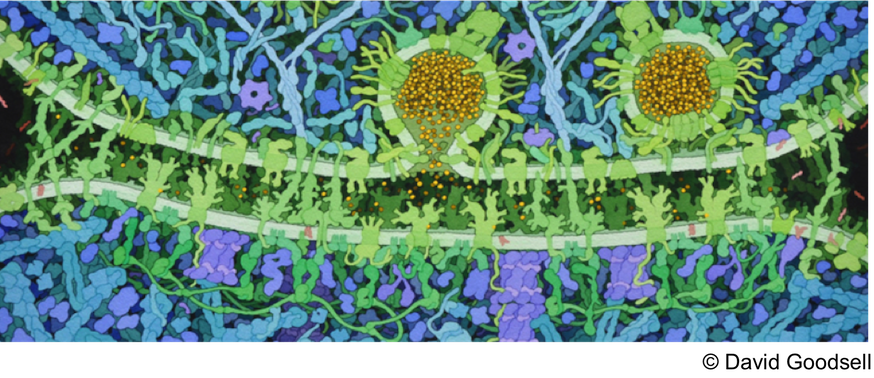Inwardly-rectifying potassium (Kir) channels are transmembrane proteins that regulate membrane electrical excitability and K+ transport in many cell types generating and controlling the membrane resting potential. The function of this channel although simple is primordial for physiological processes such as the creation and the propagation of the neuronal action's potential, the regulation of cellular volume, the muscular contraction and the cardiac pulse. Their physiological importance is highlighted by the fact that genetically inherited defects in Kir channels are responsible for a wide-range of channelopathies including Andersen's syndrome a pathology that can cause periodic paralysis or serious heart problems. To date unfortunately, this disease does not have any effective treatment. To elucidate how channel function becomes defective in the disease state requires a detailed understanding of how the channel goes from the open to the closed states. This will allow the identification of the most suitable regions for the binding of small correctors or drug which could influence the conformation of intracellular gating elements. The atomic structures of the open states KirBac3.1 (bacterial homologue of the human Kir2.1) and several of its mutants were solved by our team. These structures suggested that a rotation of the cytoplasmic domain could be associated with the opening of the channel.
In order to test this “twist to open hypothesis” MDeNM (Molecular Dynamic Excitations Normal Modes) simulations were performed on KirBac3.1. The MdeNM method consists in combining two methods that have already proved to explore the conformational space: molecular dynamics and normal modes. Molecular dynamics allow us to observe fast and small amplitude movements such as side-chain or loops motions. Normal modes on the other hand describe slow and collective movements of greater amplitude. This method gives access to a wider exploration of the conformational space by taking into account both rapid and slow movements, but also to determine the conformational populations of the different states (open and closed).
Interestingly, during our in silico studies, the simulation revealed that the rotation of the cytoplasmic domain does not seem to be associated with a large opening of the channel.
We have then investigated other modes describing the opening of the channel in order to identify the areas of the protein involved in the transition from the open to closed state. We then are comparing these theoretical results with our experimental data such as structural analysis and mass spectrometry by H/D exchange (HDX-MS) on KirBac3.1. There is a very good agreement between these preliminary data allowing us to validate the most interesting modes. We will then pursue and launch MDeNM more accurate simulations. We hope to identify residues or regions involve in the molecular mechanism of gating and understand how this gating works. We are also focusing on the human Kir2.1 channel, wild type and three important mutations (G144S, C154Y, R312H) which are responsible for dysfunction of the channel (loss of function) leading to the rare disease Andersen syndrome.
References
Zubcevic, Bavro, Muniz, Schmidt, Wang, De Zorzi, Vénien-Bryan, Sansom, Nichols, Tucker SJ Control of KirBac3.1 Potassium Channel Gating at the Interface between Cytoplasmic Domains. J Biol Chem 2014, 289(1):143-51
De Zorzi, Nicholson, Guigner, Erne-Brand, Vénien-Bryan. Growth of large and highly ordered 2D crystals of a K+ channel, structural role of lipidic environment Biophys. J. 2013 105 :398-408
Bavro, De Zorzi, Schmidt, Muniz, Zubcevic, Sansom, Vénien-Bryan, Tucker X-ray Crystal structure of a KirBac potassium channel highlights a mechanism of channel opening at the bundlecrossing gate . Nature Structural & Molecular Biology , (2012) 19(2) 158 -63

 PDF version
PDF version
